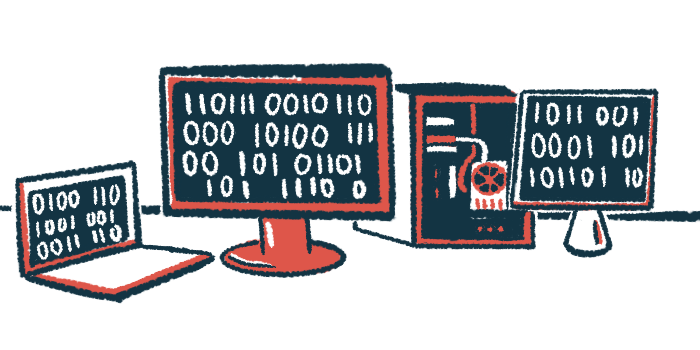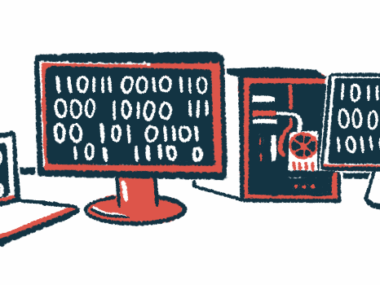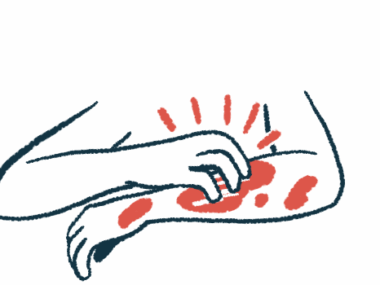AI can see what doctors miss to accurately diagnose Sjögren’s
Accuracy soars using digital biopsy slides, reducing reliance on experts
Written by |

A new artificial intelligence (AI) tool has demonstrated the ability to significantly enhance the diagnosis of Sjögren’s disease by rapidly and accurately analyzing tissue samples, according to a multicenter European study.
The AI system achieved an accuracy of more than 87% in classifying the focus score, which is the key measure of immune cell infiltration in salivary glands, and predicting a Sjögren’s diagnosis using minor salivary gland biopsies. This method is a critical development, as current manual assessment of the focus score requires specialized expertise and is often subject to high variability among pathologists.
Researchers noted the AI “can reliably classify the focus score and Sjögren’s disease using minor salivary gland biopsy exclusively,” addressing a significant challenge in classifying this chronic autoimmune disorder.
The study, “Machine learning to classify the focus score and Sjögren’s disease using digitalised salivary gland biopsies: a retrospective cohort study,” was published in The Lancet Rheumatology.
Understanding Sjögren’s and focus scoring
Sjögren’s is an autoimmune disorder in which the immune system mistakenly attacks healthy tissues, primarily the glands that produce tears and saliva. This leads to the hallmark symptoms of severe dry eyes and mouth.
Currently, a definitive diagnosis relies heavily on assessing a minor salivary gland biopsy, which is one of the two main classification criteria.
The biopsy is used to determine the focus score, which measures the number of foci, or clusters of at least 50 inflammatory immune cells, within a predefined tissue area. Criteria for diagnosis require a focus score of at least one, indicating immune cell infiltration, or a positive blood test for Sjögren’s-related antibodies, specifically anti-SSA antibodies.
However, assessing the focus score is challenging.
- Expertise is limited: Accurate scoring requires highly specialized expertise, which is found only in a small number of centers.
- High error rate: In approximately half of cases, expert re-evaluation results in a change in diagnosis, often by downgrading a score of one or higher to a score of less than one.
- Variability: Factors such as biopsy quality, infiltration patterns, and the assessor’s experience can vary.
“Evaluation of the focus score is still a challenge despite the importance of this criterion for accurate disease classification,” the researchers wrote.
A team of researchers across six European centers utilized machine learning, a type of AI that learns from data to identify complex patterns, to automatically classify the focus score and predict Sjögren’s cases using digitally scanned biopsy slides.
For the study, the team trained the AI model on biopsy slide images collected from 356 adults with Sjögren’s and compared those results against a control group of 189 people who had dry symptoms (sicca) but not Sjögren’s.
The machine learning model was trained on 80% of slides from five centers and then validated using an entirely separate set of slides from a sixth center to ensure the results were reliable and generalizable.
The model’s performance was evaluated using the area under the curve (AUC). This metric measures a model’s ability to distinguish between two groups (with values closer to 1.0 indicating better performance). The results were highly promising.
The AUC for distinguishing patients with a focus score of at least one from those with a score below one was 0.88 for the validation group. Among the validation set, the AUC was 0.81 for samples of patients with anti-SSA antibodies and 0.91 for those without these antibodies.
When retrained to predict a Sjögren’s diagnosis based only on biopsy samples, the AUC was 0.89. Crucially, the model showed powerful performance in a subset of patients who are often difficult to diagnose: those who tested negative for anti-SSA antibodies. In this group, the diagnostic AUC reached 0.92.
Identifying tissue patterns
To understand how the AI was making its decisions, the team conducted further analyses to identify which tissue patterns in the biopsies were responsible for the model’s predictions.
An expert pathologist interpreted these patterns and confirmed that the AI was primarily classifying the disease based on the expected feature: the aggregation of immune cells forming foci.
Interestingly, the model also found a new pattern not currently included in Sjögren’s classification criteria. It identified specific immune cells, CD8-positive T-cells (cytotoxic T-cells), surrounding the acinar epithelial cells, which are responsible for producing saliva in the salivary glands.
“The artificial intelligence tool trained in this study robustly performs the unmet clinical need of focus score grading in patients with Sjögren’s disease, especially in patients who are negative for anti-SSA autoantibodies,” the researchers concluded.
The team stressed that while the results are excellent, “The machine learning models used in this study need to be verified with a trial before they could be approved to assist pathologists in the grading of the focus score to provide a more accurate Sjögren’s disease classification.”






